CONTENTS
Whether you’re a total beginner, an occasional jogger, or an experienced runner, this is one great way to see Japan!
Running in Tokyo
Coming to Tokyo, you're likely to hear the advice that you'll be walking a lot – but running will get you farther, faster! If you like an occasional jog, or if you're a dedicated marathon runner, running through Tokyo provides a chance to see more of each neighborhood's distinct personality, and a leisurely jog through the tangle of city streets lets you soak in the local atmosphere in a way you could never replicate when zipping past on the train. Whether you just want a quick run to wake you up in the morning and a peek at some new part of Tokyo you've never seen before, or you'd really like to spend a day running through the whole city, we've got the Tokyo running spots for you.
Getting Ready to Run
Ready to head out the door and see the city? Not so fast! First you'll want to make sure you've got all the gear you need to enjoy your run! Starting with the basics, make sure you have comfortable shoes and clothes, like the wide variety of running shoes available at Japanese department stores like Lumine, and the colorful sportswear made by Japanese brand Pandani. It's common in Japan to cover up a little even when running on warm, sunny days, and you'll often see people throw on a thin jacket on top of their running outfit – we can't help but recommend a fun anime-themed jacket like one inspired by Jujutsu Kaisen from Aniga-ter. Of course hydration is key no matter how quick of a run it might be, and in Japan it's fairly common to use thermos-style bottles for water, like this ridiculously cute one from Mark's, but there are some pretty cute bottle covers for when you just grab a drink at the convenience store, too. And after you break a sweat, Japan is all about sports towels, which are fluffy, absorbant, and often made to dry quickly, like the ones from towel-specialist Uchino. And to track your journey through the Tokyo streets, you can always pick up a specialized watch for the job. Check department stores like Parco for Garmin watches and other popular brands. Once your ready, it's time to hit the streets!
Beginner Route: Get the Run of the River
Tokyo is said to be laced with 107 rivers, and for quite a few of them, the paved paths along the water's edge end up being immensely popular spots for walkers and runners of all kinds. Which rivers are the best? With so many options throughout the city, the easiest answer is to find one near you, but there are some choices that are clearly popular with locals and visitors alike, complete with convenient facilities (bathrooms and all). If you're staying on the western side of the city, Tama River is an iconic body of water that has even shown up in art from the famous Katsushika Hokusai. If you're staying closer to Tokyo's eastern side, then the Arakawa and Sumida Rivers are common choices.
The Tama and Arakawa each have picturesque paths that stretch more than 10km (6 miles) along the banks, meaning you can run as much or as little as you like, whereas the Sumida River is known for its sightseeing potential. The river forms one border of the popular Asakusa neighborhood, about a block away from Tokyo's oldest temple (Sensoji), and is close enough to Tokyo Skytree that people often come to the water to take pictures of the towering symbol of the city. (It's particularly pretty at night, if you like evening runs.) For a convenient 5k run through the area:
Exit Asakusa Station at Kaminarimon to see the famous gate → enjoy Sumida Park along the river → cross at Sakurabashi Bridge → pass the Asahi Building with its golden "flame" → cross back over Kuramae Bridge and head back to the station.
Everyday Route: Run with Royalty
Japan's imperial family might not be as internationally famous as other royalty around the world, but they're still around, and the imperial palace in the very heart of Tokyo is still the home of the Emperor of Japan. For those of us with no hope of joining the Japanese imperial family, however, the Tokyo palace grounds are a go-to running spot in the city! A loop around the outer edge of the moat (yes there's still a moat) will take you past green slopes and through groves of cherry trees, with views of the old castle walls and traditional Japanese structures, making it a surprisingly picturesque run through the urban city center of Tokyo. This convenient route around the palace has plenty of bathrooms, no streetlights to stop you when you hit your stride, and a convenient length of just about 5k – although it's a nice enough area that you might want to go around one more time, like many runners who make this their go-to spot! If you're taking a train over to the area, it's an easy enough path to find:
Exit Sakuradamon Station to start the loop at the Sakuradamon Gate → follow the broad sidewalks counter-clockwise to the Otemachi area → round the northern point of the palace grounds → wind your way through the cherry trees of Chidorigafuchi Park → head back past Hanzomon Gate to Sakuradamon Station.
Marathon Lover’s Route: See It All on Foot
The Tokyo Marathon is one of the six biggest marathons in the world, and so many runners hope to participate every year that snagging a spot from the ticket lottery can be pretty tricky. The COVID-19 pandemic didn't help things either, causing the cancelation of both the 2021 and 2022 Tokyo Marathons! But fortunately for those who want to see what all the fuss is about, there's nothing stopping the inspired runner who wants to run the Tokyo Marathon race on their own! (Except, of course, for red lights. And some crowds of other pedestrians.) This fantastic marathon route starts in the bustling hub of Shinjuku, right in front of the Tokyo Metropolitan Government Building (known for its free observation deck), strikes out east across the city, runs along and across rivers and past some of the city's most famous landmarks (like Sensoji Temple), swooping close to Tokyo Bay before finally finishing in a spot sandwiched between the Imperial Palace and Tokyo Station. Unless you're really looking to go all out, there are any number of great spots along the way to stop for lunch or a coffee break! Details and maps of the 42 km/26.2 mile path can be found on the official Tokyo Marathon website, but a general guide looks something like this:
Shinjuku → Iidabashi → Akihabara → Ueno → Nihonbashi → Asakusa → Monzennakacho → Kuramae → Ginza → Shibakoen (Tokyo Tower) → Tokyo Station/Tokyo Imperial Palace
Bonus Running Routes: Views & Tracks
Run Across Tokyo Bay
Looking for a different view of Tokyo? Then head out to Odaiba, on the edge of Tokyo Bay, and run across the water on the Rainbow Bridge! The north and south ends of the bridge each offer their own great views of the Odaiba area, and both ends of this running route include some interesting destinations – the historic Hamarikyu Gardens, and an enormous Gundam robot. For a nice round 5k route, you can either start at the gardens:
Hamarikyu Gardens → Rainbow Bridge → Odaiba Seaside Park (home to the Gundam and the Odaiba Statue of Liberty)
or go the other way, and take some pictures with the giant robot before you break a sweat
Odaiba Seaside Park → Rainbow Bridge → Hamarikyu Gardens
Get Back on Track!
Prefer your runs on a nice even track, even when you're in Tokyo? No problem! There are tracks across the city, and like the Fukushi Enterprise Sumida Field shown above, many of them can be used for a reasonable price. (This one's just 200 yen.) When you just need to get a few laps in while seeing the bustling city of Tokyo, or when you want to feel like a serious track star, there are plenty of convenient tracks to help you achieve your running goals.
From quick trips along the water to marathons that strike out straight across the city, Tokyo is full of great places to run, no matter if you're a total novice or a seasoned marathoner. So don't just leave your views of the city up to the Tokyo's busiest train lines or a tour bus, take the matter into your own hands and find out just how much of the city you can see on your own two feet! Then bring the fun back home with all your great new running gear.
Details
NAME:Tokyo (東京)
Looking for the latest trends and products coming out of Japan? We've got you covered!
COMMENT
FEATURED MEDIA
VIEW MORE 
A New Tokyo Animal Destination: Relax & Learn About the World’s Animals in Japan
#pr #japankuru #anitouch #anitouchtokyodome #capybara #capybaracafe #animalcafe #tokyotrip #japantrip #카피바라 #애니터치 #아이와가볼만한곳 #도쿄여행 #가족여행 #東京旅遊 #東京親子景點 #日本動物互動體驗 #水豚泡澡 #東京巨蛋城 #เที่ยวญี่ปุ่น2025 #ที่เที่ยวครอบครัว #สวนสัตว์ในร่ม #TokyoDomeCity #anitouchtokyodome

Shohei Ohtani Collab Developed Products & Other Japanese Drugstore Recommendations From Kowa
#pr #japankuru
#kowa #syncronkowa #japanshopping #preworkout #postworkout #tokyoshopping #japantrip #일본쇼핑 #일본이온음료 #오타니 #오타니쇼헤이 #코와 #興和 #日本必買 #日本旅遊 #運動補充能量 #運動飲品 #ช้อปปิ้งญี่ปุ่น #เครื่องดื่มออกกำลังกาย #นักกีฬา #ผลิตภัณฑ์ญี่ปุ่น #อาหารเสริมญี่ปุ่น

도쿄 근교 당일치기 여행 추천! 작은 에도라 불리는 ‘가와고에’
세이부 ‘가와고에 패스(디지털)’ 하나면 편리하게 이동 + 가성비까지 완벽하게! 필름카메라 감성 가득한 레트로 거리 길거리 먹방부터 귀여움 끝판왕 핫플&포토 스폿까지 총집합!
Looking for day trips from Tokyo? Try Kawagoe, AKA Little Edo!
Use the SEIBU KAWAGOE PASS (Digital) for easy, affordable transportation!
Check out the historic streets of Kawagoe for some great street food and plenty of picturesque retro photo ops.
#pr #japankuru #도쿄근교여행 #가와고에 #가와고에패스 #세이부패스 #기모노체험 #가와고에여행 #도쿄여행코스 #도쿄근교당일치기 #세이부가와고에패스
#tokyotrip #kawagoe #tokyodaytrip #seibukawagoepass #kimono #japantrip

Hirakata Park, Osaka: Enjoy the Classic Japanese Theme Park Experience!
#pr #japankuru #hirakatapark #amusementpark #japantrip #osakatrip #familytrip #rollercoaster #retrôvibes #枚方公園 #大阪旅遊 #關西私房景點 #日本親子旅行 #日本遊樂園 #木造雲霄飛車 #히라카타파크 #สวนสนุกฮิราคาตะพาร์ค

🍵Love Matcha? Upgrade Your Matcha Experience With Tsujiri!
・160년 전통 일본 말차 브랜드 츠지리에서 말차 덕후들이 픽한 인기템만 골라봤어요
・抹茶控的天堂!甜點、餅乾、飲品一次滿足,連伴手禮都幫你列好清單了
・ส่องมัทฉะสุดฮิต พร้อมพาเที่ยวร้านดังในอุจิ เกียวโต
#pr #japankuru #matcha #matchalover #uji #kyoto #japantrip #ujimatcha #matchalatte #matchasweets #tsujiri #말차 #말차덕후 #츠지리 #교토여행 #말차라떼 #辻利抹茶 #抹茶控 #日本抹茶 #宇治 #宇治抹茶 #日本伴手禮 #抹茶拿鐵 #抹茶甜點 #มัทฉะ #ของฝากญี่ปุ่น #ชาเขียวญี่ปุ่น #ซึจิริ #เกียวโต

・What Is Nenaito? And How Does This Sleep Care Supplement Work?
・你的睡眠保健品——認識「睡眠茶氨酸錠」
・수면 케어 서플리먼트 ‘네나이토’란?
・ผลิตภัณฑ์เสริมอาหารดูแลการนอน “Nenaito(ネナイト)” คืออะไร?
#pr #japankuru #sleepcare #japanshopping #nenaito #sleepsupplement #asahi #睡眠茶氨酸錠 #睡眠保健 #朝日 #l茶胺酸 #日本藥妝 #日本必買 #일본쇼핑 #수면 #건강하자 #네나이토 #일본영양제 #อาหารเสริมญี่ปุ่น #ช้อปปิ้งญี่ปุ่น #ร้านขายยาญี่ปุ่น #ดูแลตัวเองก่อนนอน #อาซาฮิ

Japanese Drugstore Must-Buys! Essential Items from Hisamitsu® Pharmaceutical
#PR #japankuru #hisamitsu #salonpas #feitas #hisamitsupharmaceutical #japanshopping #tokyoshopping #traveltips #japanhaul #japantrip #japantravel

Whether you grew up with Dragon Ball or you just fell in love with Dragon Ball DAIMA, you'll like the newest JINS collab. Shop this limited-edition Dragon Ball accessory collection to find some of the best Dragon Ball merchandise in Japan!
>> Find out more at Japankuru.com! (link in bio)
#japankuru #dragonball #dragonballdaima #animecollab #japanshopping #jins #japaneseglasses #japantravel #animemerch #pr

This month, Japankuru teamed up with @official_korekoko to invite three influencers (originally from Thailand, China, and Taiwan) on a trip to Yokohama. Check out the article (in Chinese) on Japankuru.com for all of their travel tips and photography hints - and look forward to more cool collaborations coming soon!
【橫濱夜散策 x 教你怎麼拍出網美照 📸✨】
每次來日本玩,是不是都會先找旅日網紅的推薦清單?
這次,我們邀請擁有日本豐富旅遊經驗的🇹🇭泰國、🇨🇳中國、🇹🇼台灣網紅,帶你走進夜晚的橫濱!從玩樂路線到拍照技巧,教你怎麼拍出最美的夜景照。那些熟悉的景點,換個視角說不定會有新發現~快跟他們一起出發吧!
#japankuru #橫濱紅磚倉庫 #汽車道 #中華街 #yokohama #japankuru #橫濱紅磚倉庫 #汽車道 #中華街 #yokohama #yokohamaredbrickwarehouse #yokohamachinatown

If you’re a fan of Vivienne Westwood's Japanese designs, and you’re looking forward to shopping in Harajuku this summer, we’ve got important news for you. Vivienne Westwood RED LABEL Laforet Harajuku is now closed for renovations - but the grand reopening is scheduled for July!
>> Find out more at Japankuru.com! (link in bio)
#japankuru #viviennewestwood #harajuku #omotesando #viviennewestwoodredlabel #viviennewestwoodjapan #비비안웨스트우드 #오모테산도 #하라주쿠 #日本購物 #薇薇安魏斯伍德 #日本時尚 #原宿 #表參道 #japantrip #japanshopping #pr

Ready to see TeamLab in Kyoto!? At TeamLab Biovortex Kyoto, the collective is taking their acclaimed immersive art and bringing it to Japan's ancient capital. We can't wait to see it for ourselves this autumn!
>> Find out more at Japankuru.com! (link in bio)
#japankuru #teamlab #teamlabbiovortex #kyoto #kyototrip #japantravel #artnews
Photos courtesy of teamLab, Exhibition view of teamLab Biovortex Kyoto, 2025, Kyoto ® teamLab, courtesy Pace Gallery

Japanese Makeup Shopping • A Trip to Kamakura & Enoshima With Canmake’s Cool-Toned Summer Makeup
#pr #canmake #enoshima #enoden #에노시마 #캔메이크 #japanesemakeup #japanesecosmetics

⚔️The Robot Restaurant is gone, but the Samurai Restaurant is here to take its place. Check it out, and don't forget your coupon!
🍣신주쿠의 명소 로봇 레스토랑이 사무라이 레스토랑으로 부활! 절찬 쿠폰 발급중
💃18歲以上才能入場的歌舞秀,和你想的不一樣!拿好優惠券去看看~
#tokyo #shinjuku #samurairestaurant #robotrestaurant #tokyotrip #도쿄여행 #신주쿠 #사무라이레스토랑 #이색체험 #할인이벤트 #歌舞伎町 #東京景點 #武士餐廳 #日本表演 #日本文化體驗 #japankuru #japantrip #japantravel #japanlovers #japan_of_insta

Japanese appliance & electronics shopping with our KOJIMA x BicCamera coupon!
用JAPANKURU的KOJIMA x BicCamera優惠券買這些正好❤️
코지마 x 빅 카메라 쿠폰으로 일본 가전 제품 쇼핑하기
#pr #japankuru #japanshopping #kojima #biccamera #japaneseskincare #yaman #dji #osmopocket3 #skincaredevice #日本購物 #美容儀 #相機 #雅萌 #日本家電 #일본여행 #면세 #여행꿀팁 #일본쇼핑리스트 #쿠폰 #일본쇼핑 #일본브랜드 #할인 #코지마 #빅카메라 #japankurucoupon

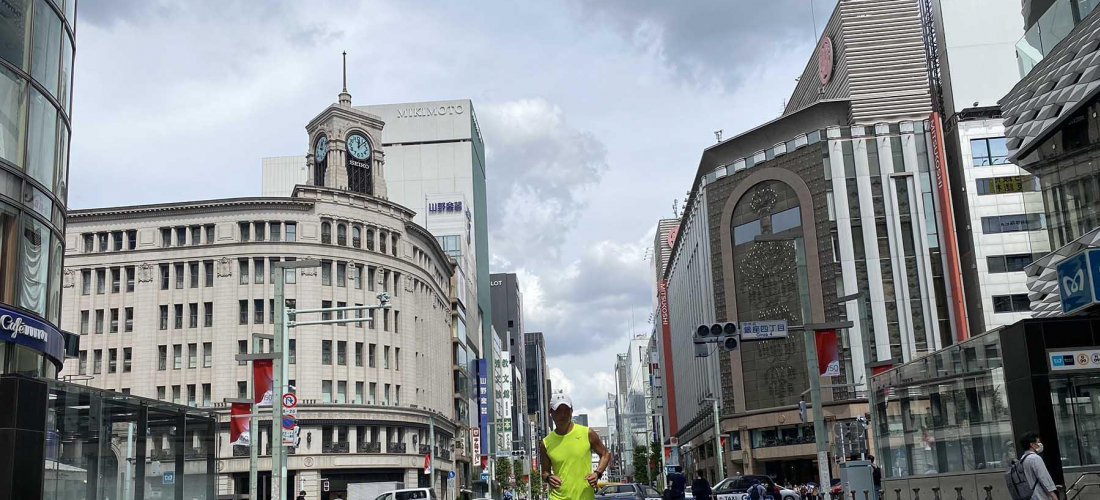
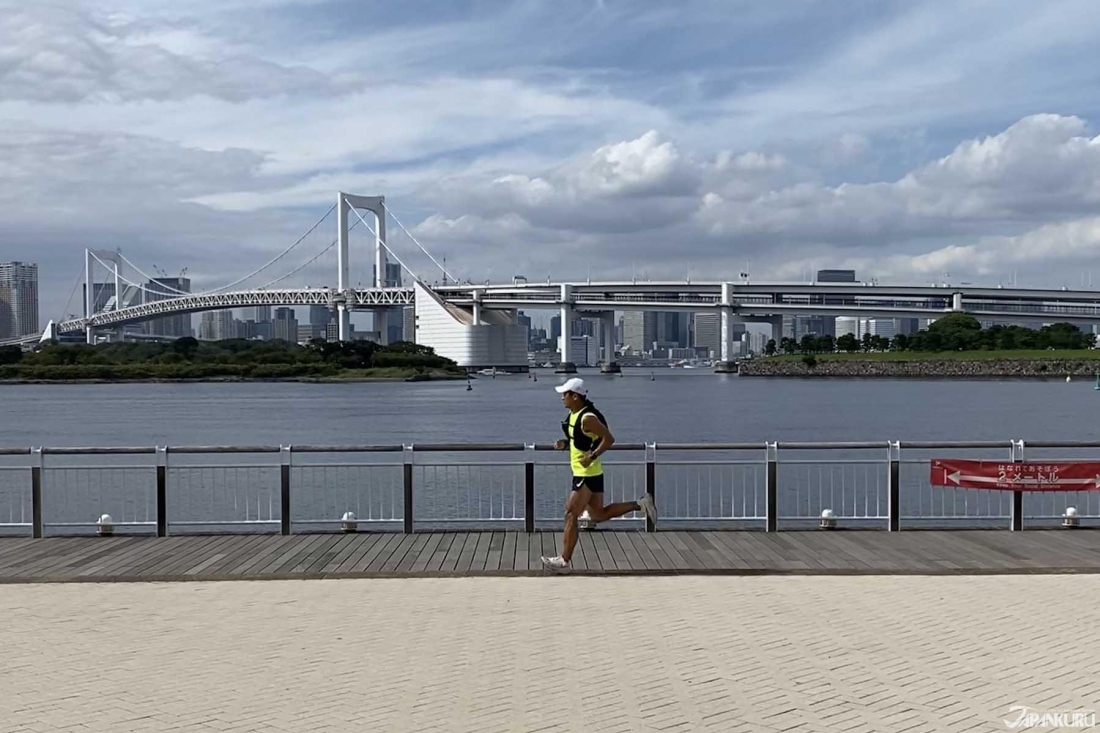
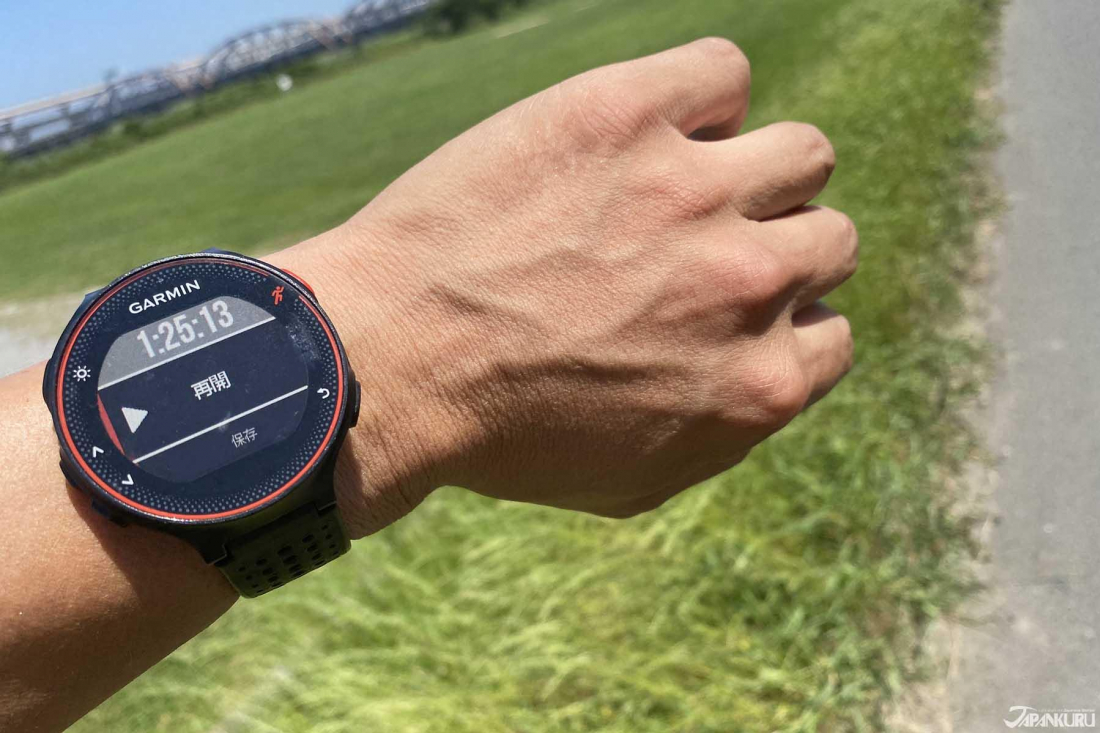
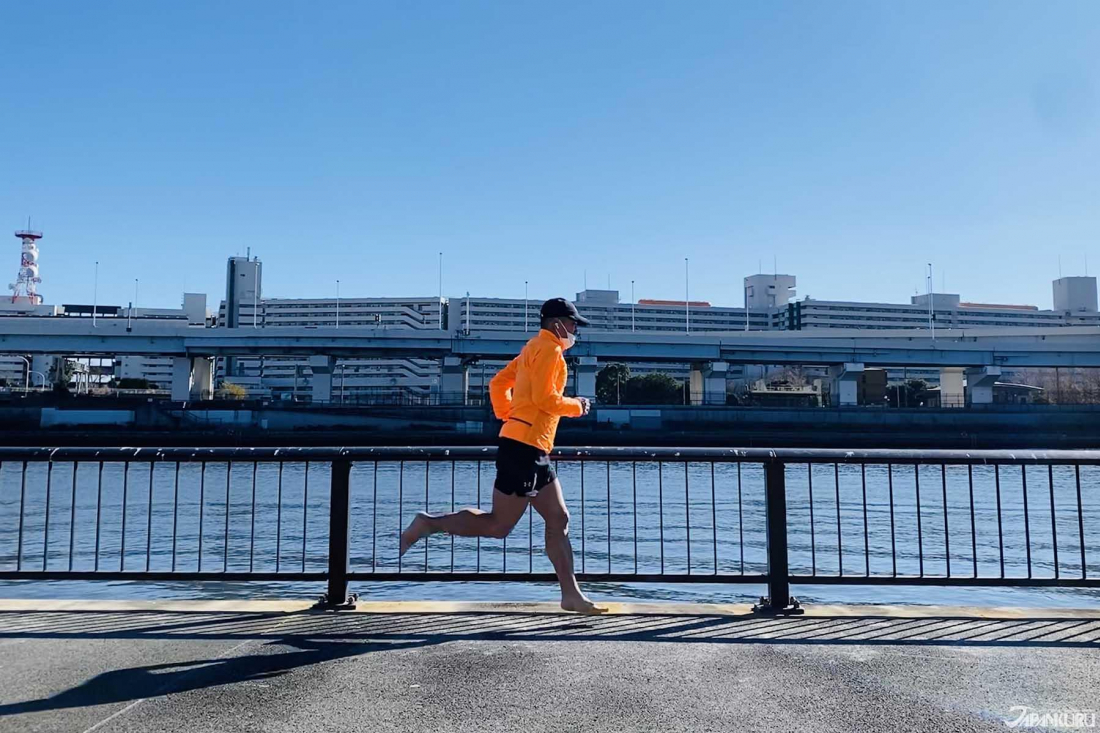
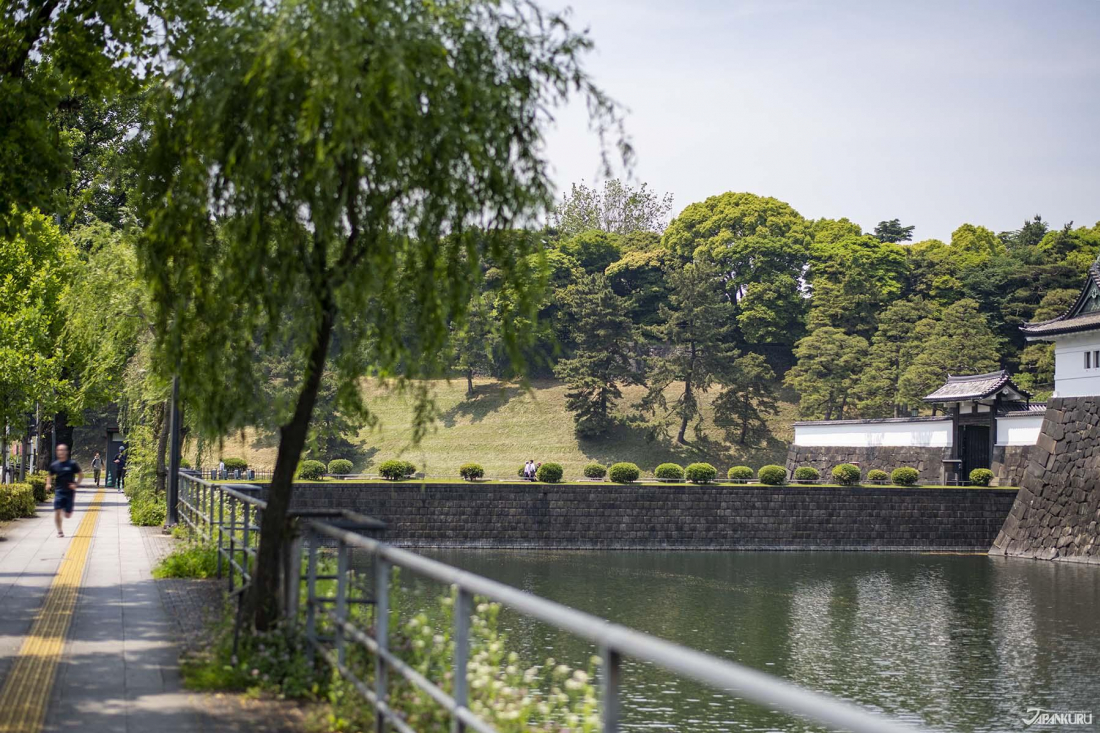
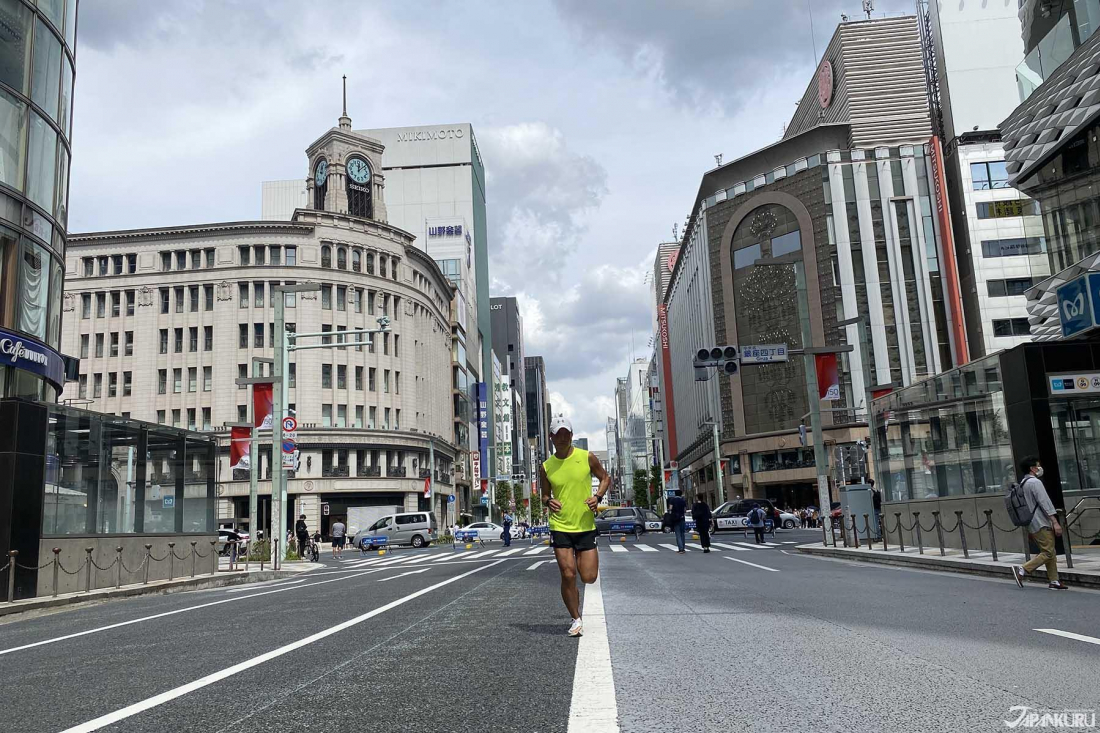
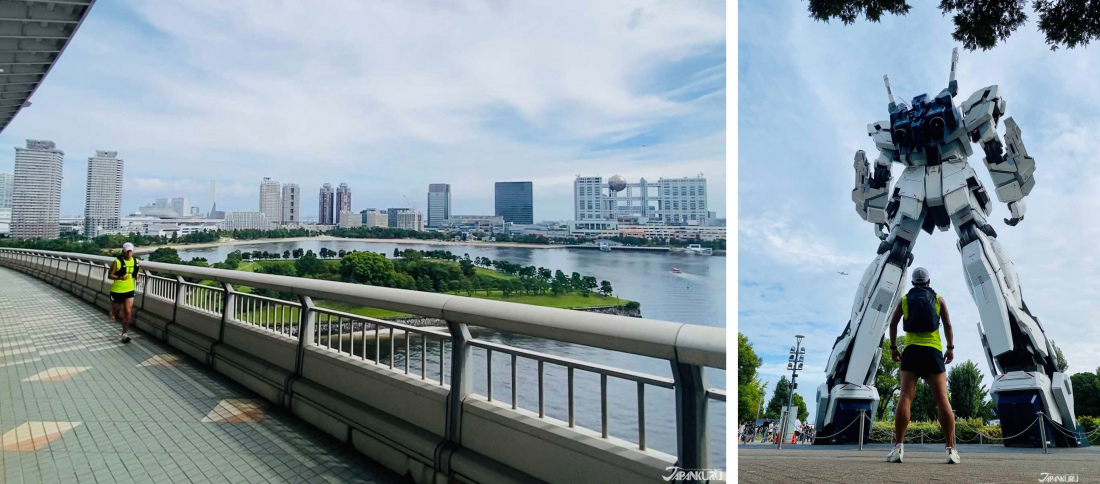
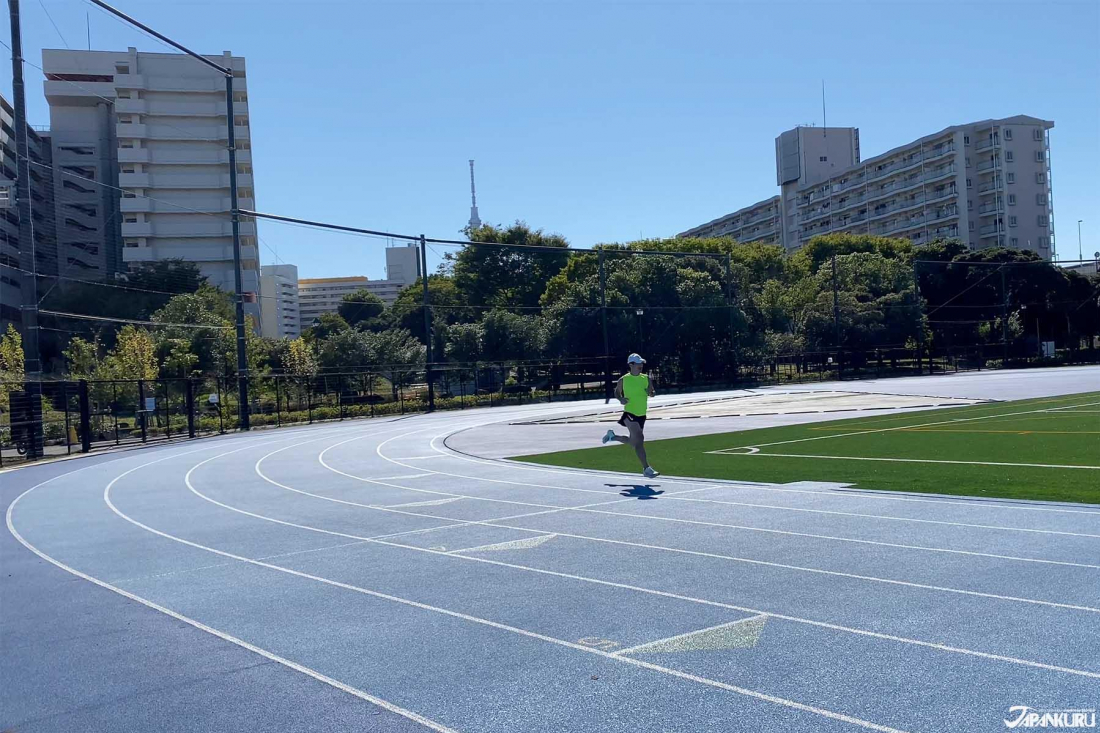
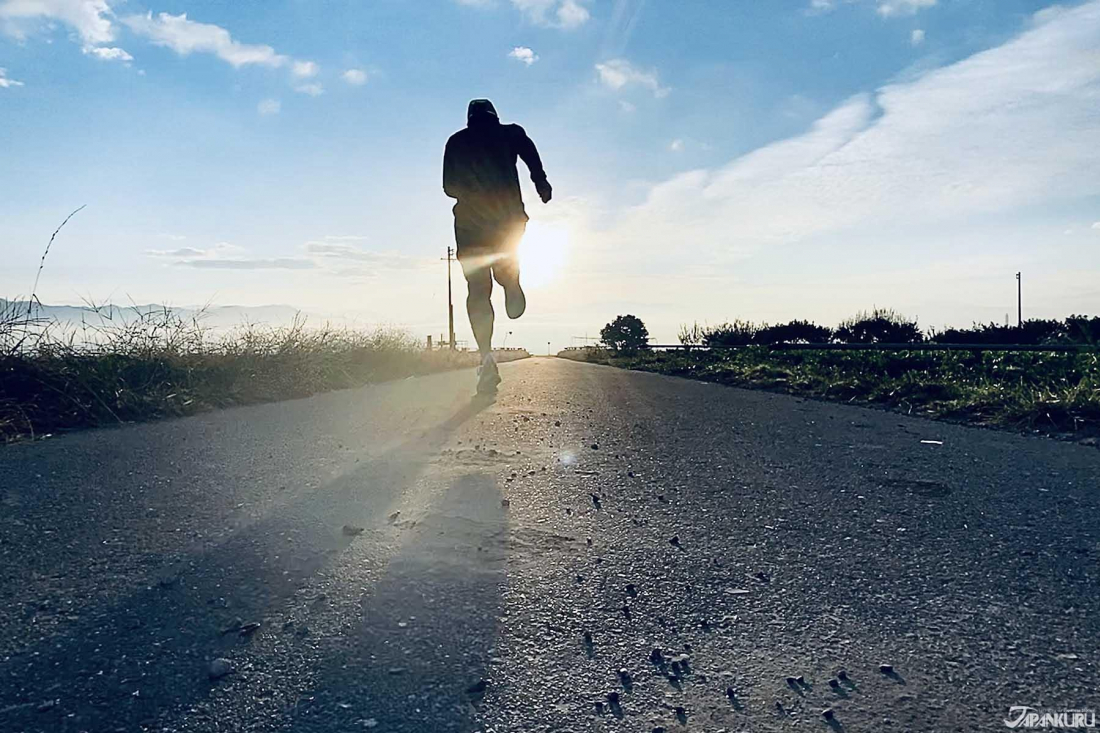












































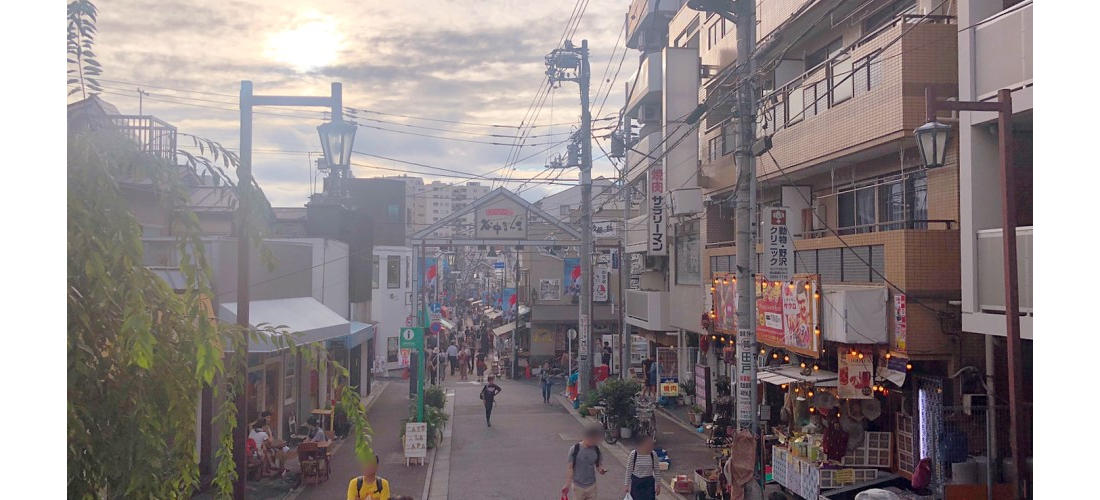
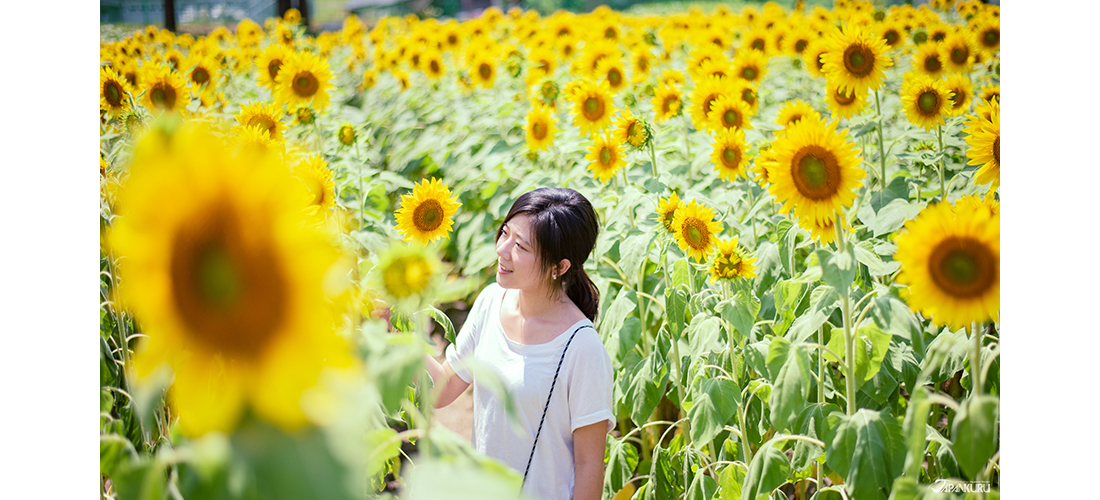

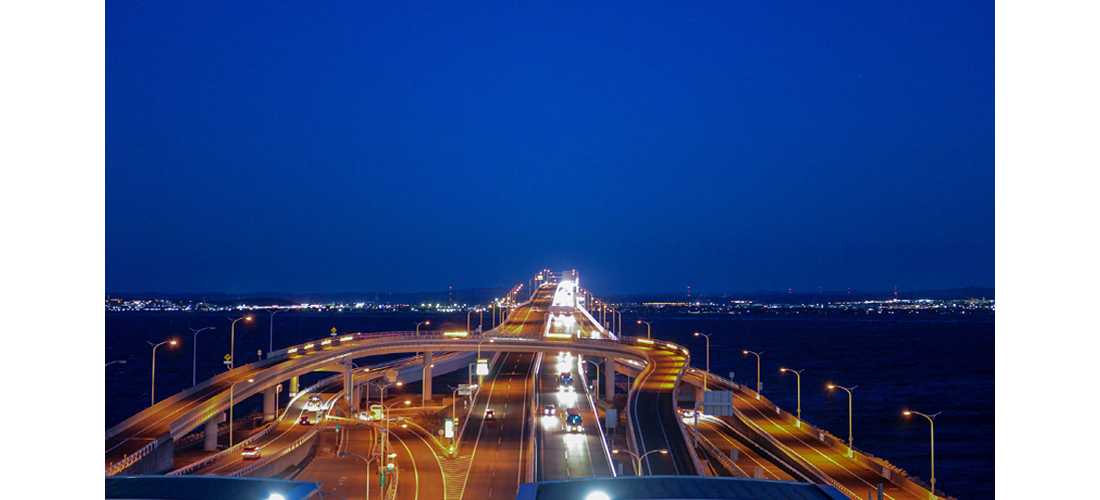
Japankuru’s article on Kyoto’s hidden treasures reveals lesser-known gems of this historic city. It’s a must-read for travelers seeking unique cultural experiences beyond the usual tourist spots.